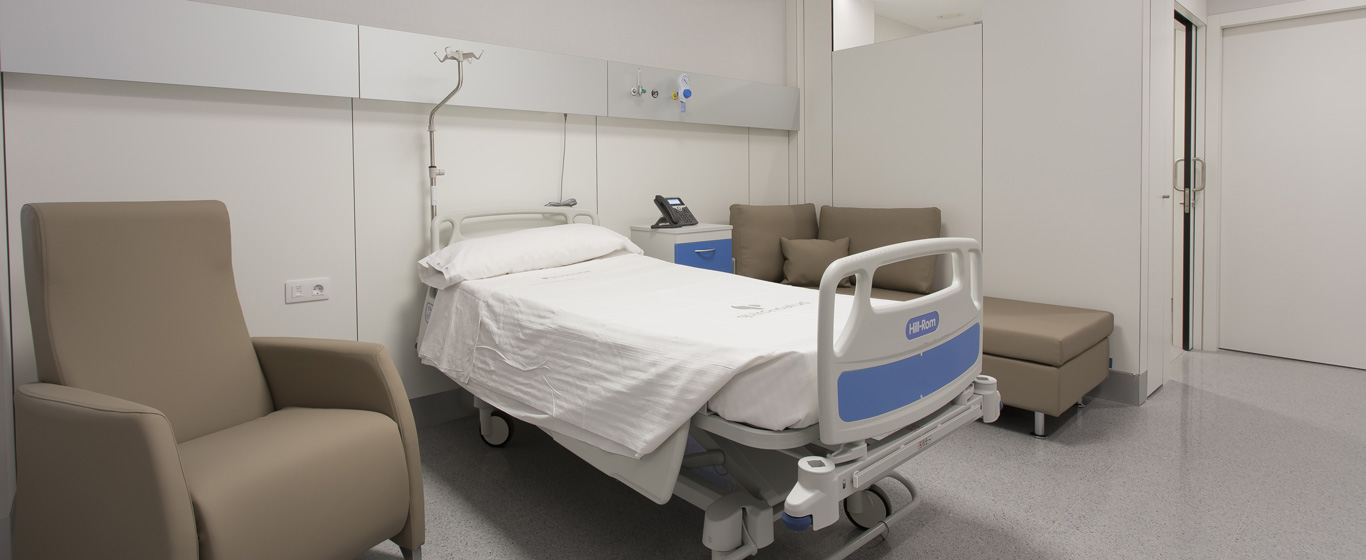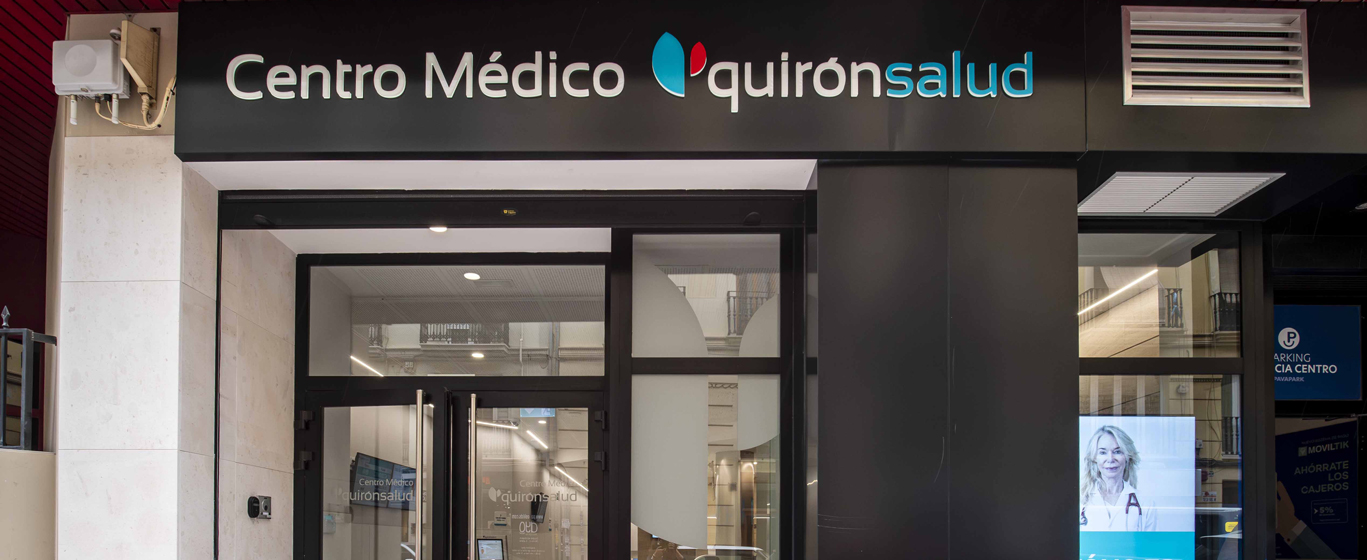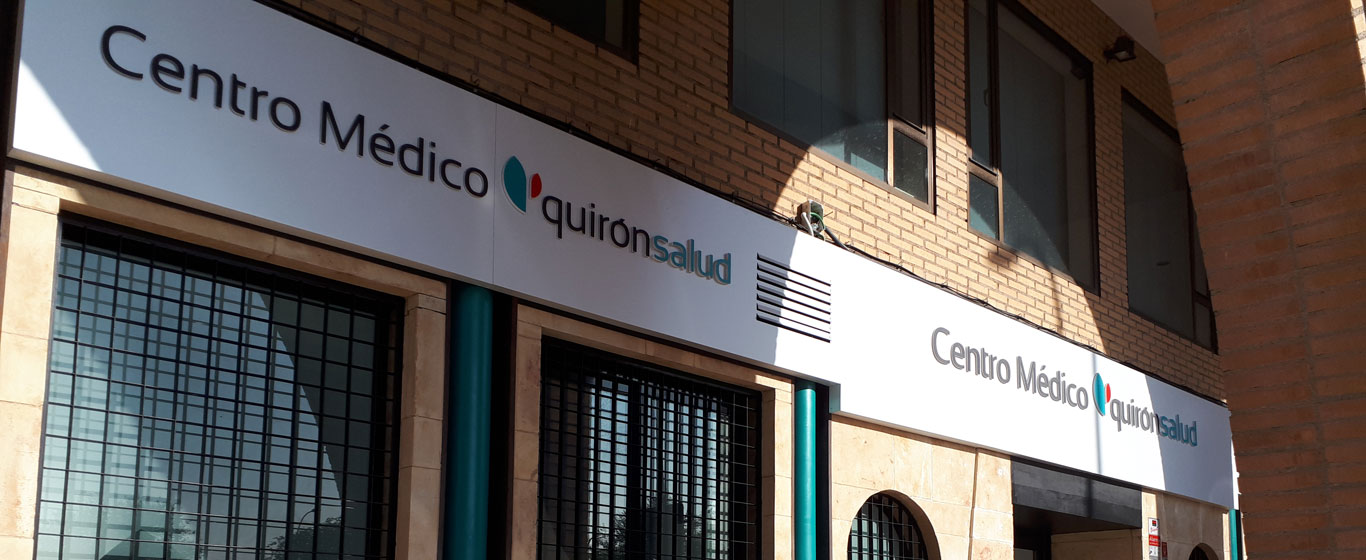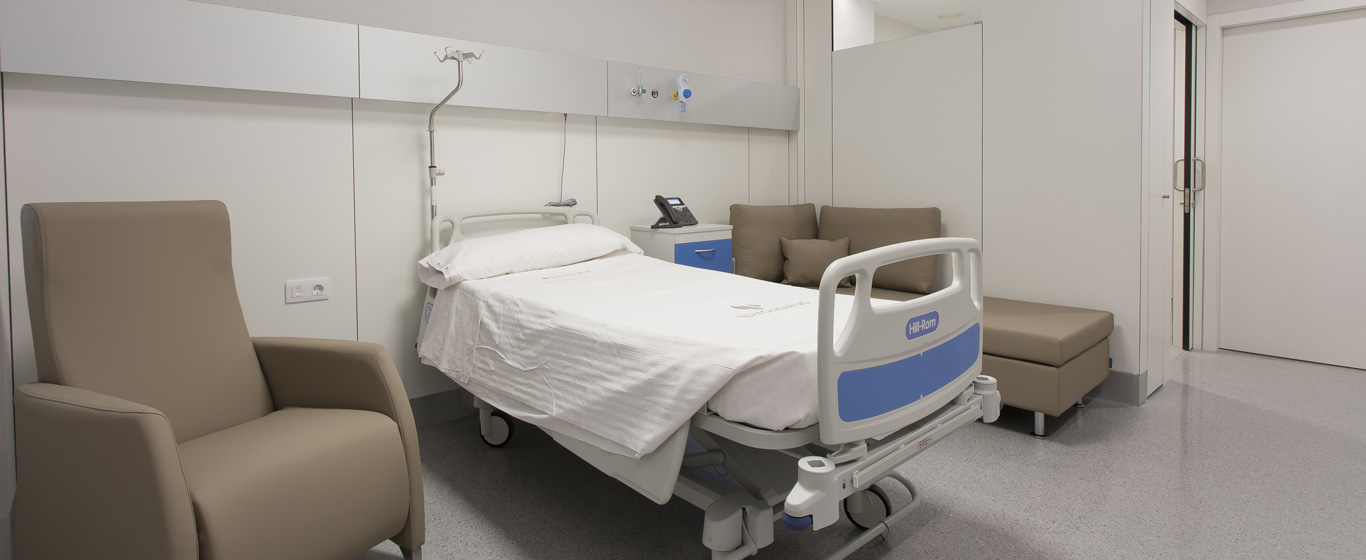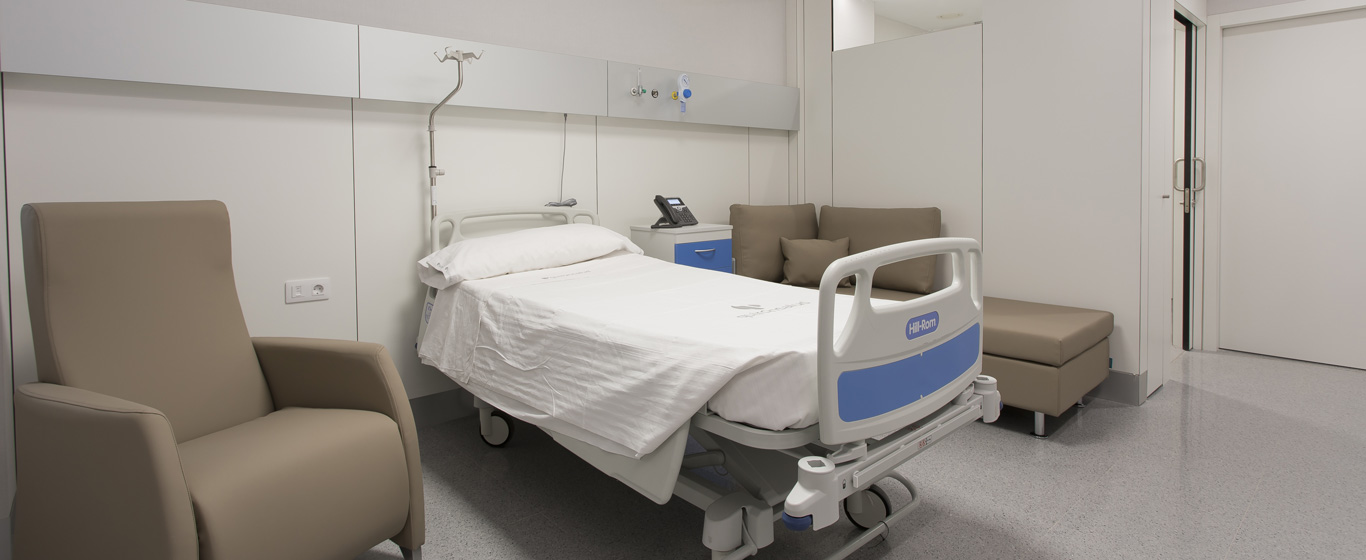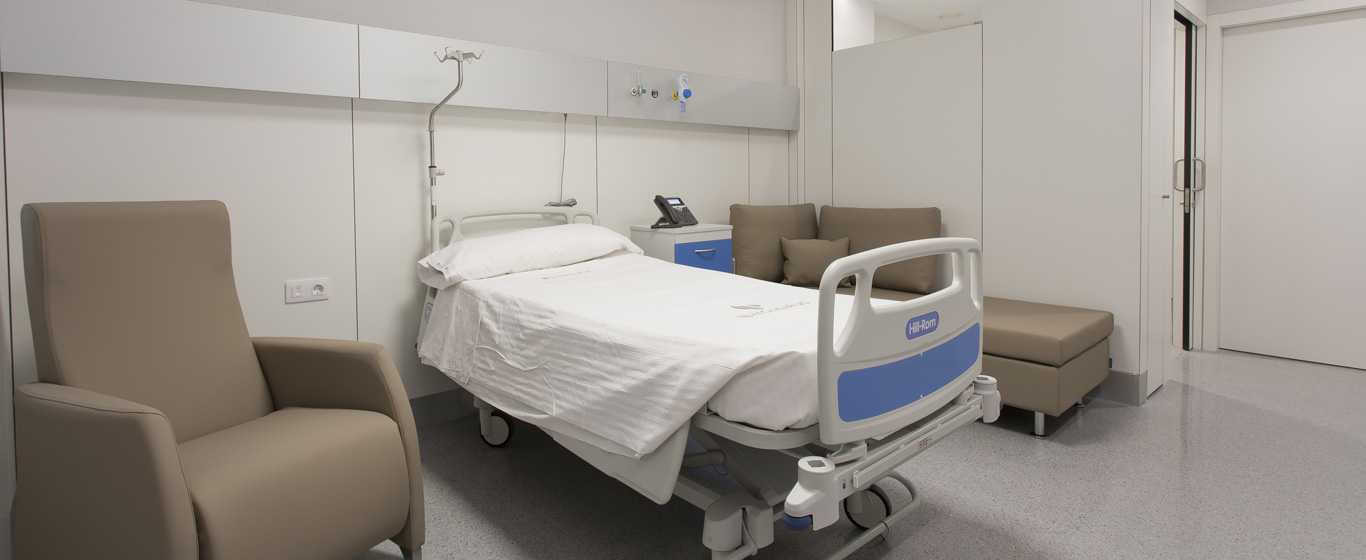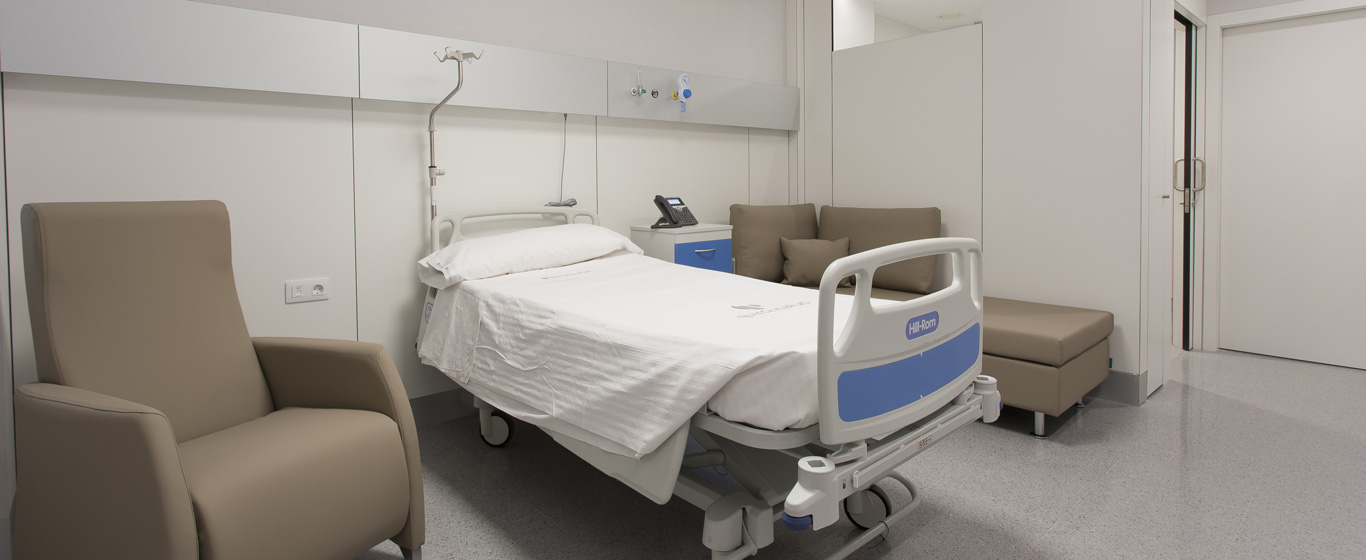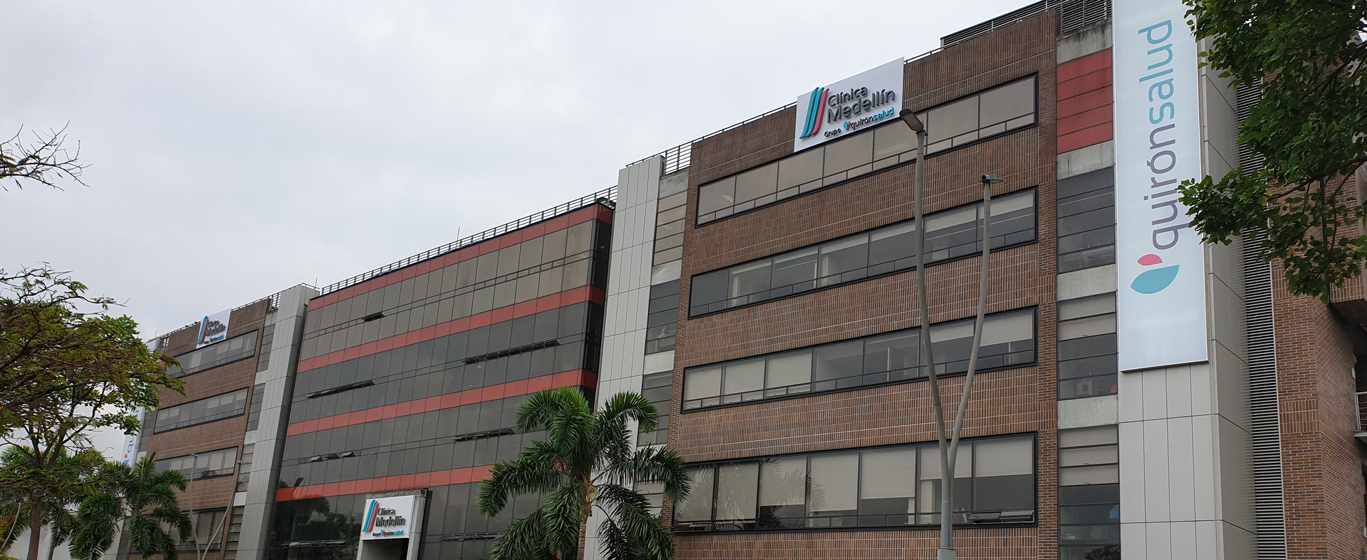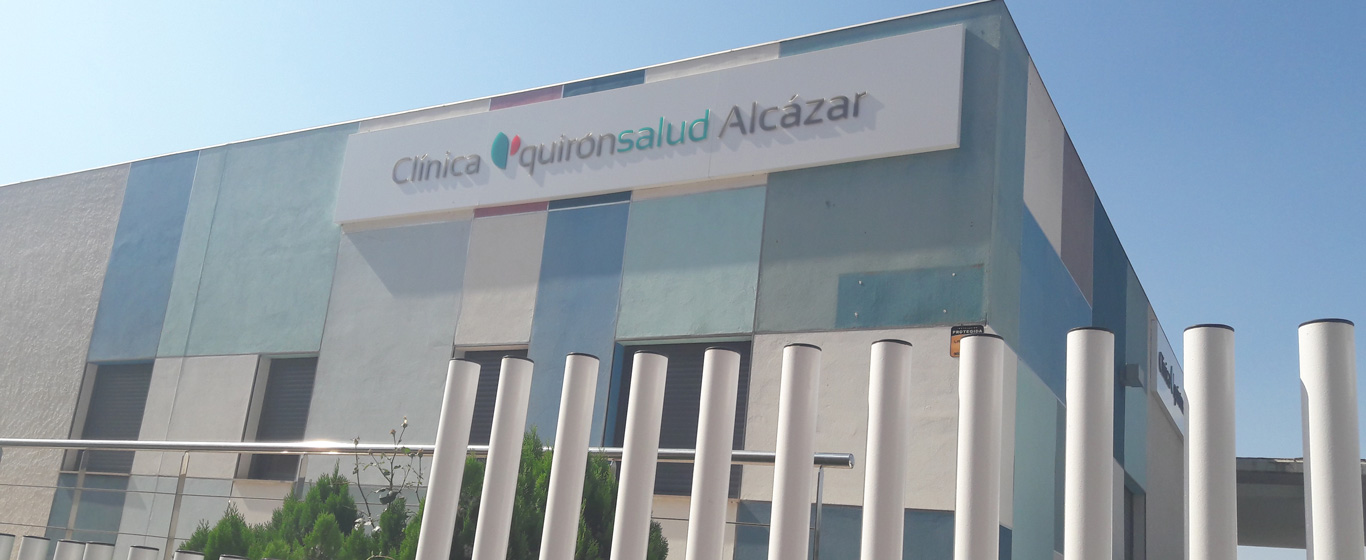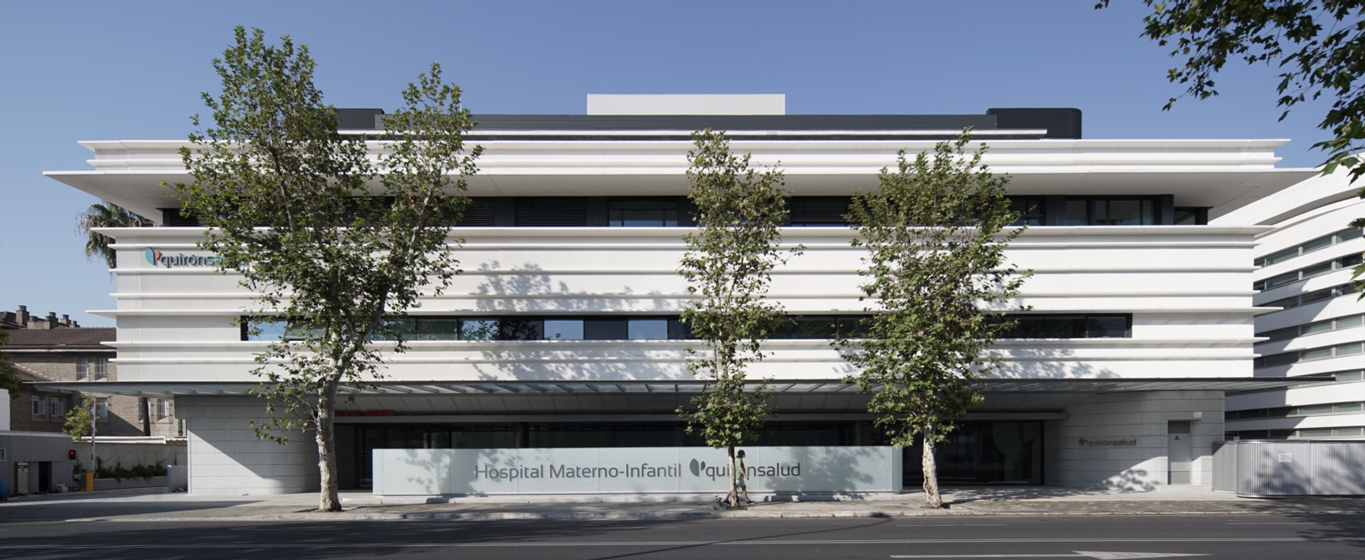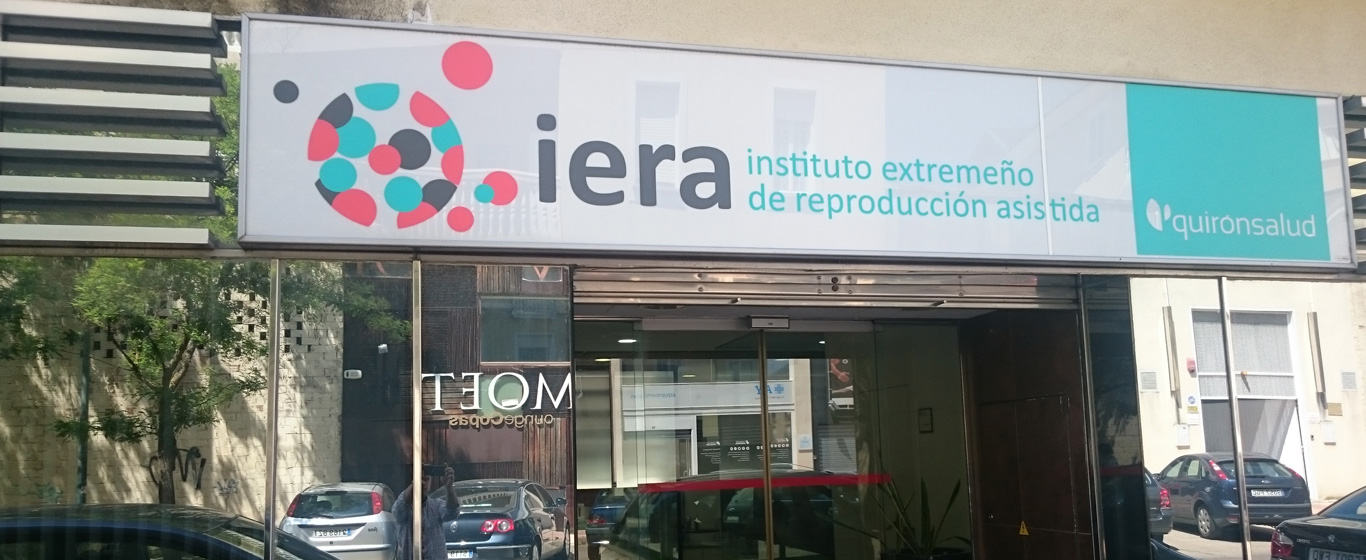Preimplantation Genetic Diagnosis
Preimplantation genetic diagnosis is performed in the field of assisted reproduction to assess the viability of embryos obtained through extracorporeal processes.

General Description
Preimplantation genetic diagnosis (PGD) is a study that forms part of the techniques used in assisted reproduction. This process analyzes the genetic material of an embryo before transferring it to the maternal uterus to detect possible abnormalities.
This procedure consists of a set of tests with various objectives:
- Aneuploidy screening: Aneuploidies are alterations in the number of chromosomes, either by deletion or duplication. Typically, the chromosomes most frequently affected by these changes are analyzed (9, X, Y, 13, 15, 16, 17, 18, 21, 22). Embryos with the usual two copies of each chromosome are selected for transfer.
- Screening for chromosomal alterations: Chromosomal translocations inherited from the parents can result in spontaneous miscarriages or the birth of babies with malformations or deficiencies. For this reason, affected chromosomes are studied to discard embryos that do not have a balanced arrangement.
- Detection of monogenic genetic diseases: Many severe genetic diseases caused by mutations can be detected in embryos.
- Sex selection: Female (XX) and male (XY) embryos are distinguished to transfer healthy embryos in cases where a genetic disease linked to one of the sexes is present.
Preimplantation genetic diagnosis is useful for selecting the embryo with the highest viability, meaning the one with the greatest chance of implanting in the uterus after transfer. Additionally, it increases the likelihood that an in vitro fertilization (IVF) cycle will result in the birth of a healthy baby.
When Is It Indicated?
Each PGD procedure is recommended in different cases:
- Aneuploidy screening: Typically performed in cases of recurrent miscarriages, after multiple failed assisted reproduction cycles, when parents have chromosomal abnormalities, or when maternal age is advanced (35 to 38 years and older).
- Screening for chromosomal alterations: Conducted when one of the parents has balanced chromosomal translocations, meaning an exchange of genetic information without deletion or duplication. Healthy embryos are selected, but it cannot be determined whether they are carriers.
- Detection of monogenic genetic diseases: Recommended when there is a family history of conditions such as cystic fibrosis, fragile X syndrome, Huntington's disease, myotonic dystrophy (Steiner), or thalassemias.
- Sex selection: Some recessive genetic diseases are linked to the X chromosome, meaning that women are carriers and can transmit the condition, while men develop the disease. This screening is recommended when the mother is a carrier or the father has hemophilia, Hunter syndrome, Lesch-Nyhan syndrome, or Duchenne muscular dystrophy, to transfer XX embryos that will not develop the disease.
How Is It Performed?
PGD is conducted in the laboratory with embryos obtained through assisted reproduction techniques such as in vitro fertilization (IVF) or intracytoplasmic sperm injection (ICSI). A genetic information-containing cell (blastomere) is extracted from a three-day-old embryo, which usually consists of six to eight cells. This process involves perforating the outer layer using a laser or chemicals and extracting the cell with a pipette.
The treatment of this cell depends on the type of analysis being performed:
- Aneuploidy screening: Various diagnostic techniques can be used, including:
- Fluorescence in situ hybridization (FISH): A fluorescent dye is applied to a purified DNA segment, which binds to the embryo's DNA on a slide. Under a microscope, it is checked whether both pairs match.
- Sequencing: The DNA sequence is mixed with a primer, a polymerase, and a small amount of nucleotides (dATP, dTTP, dGTP, dCTP) labeled with a pigment in a test tube. The temperature is varied to incorporate dideoxy nucleotides into the original DNA sample, which is then placed in a gel. The fragments gradually move, and a laser detects the pigment to determine chromosome structure.
- Microarrays: A large number of genes can be analyzed simultaneously. Embryonic DNA and reference DNA are labeled with different colors and treated to form a single strand. Then, probes with immobilized DNA are added to allow hybridization, detecting fluorescent signals that facilitate mutation identification.
- Screening for chromosomal alterations: The first step is a genetic study of the parents to determine the existence of chromosomal abnormalities that could be passed on to offspring. Then, specific imbalances in the embryo's DNA are examined to transfer those that do not present them. To do this, the cell is cultured for analysis while in division after applying colchicine to stop mitosis. Using dyes that highlight each chromosome part in a different color, anomalies can be detected.
- Detection of monogenic genetic diseases: As in previous procedures, the parents' genome is analyzed first to subsequently study only the chromosomes involved in the conditions they carry or suffer from in the embryo's DNA.
- Sex selection: Blastocysts aged five to seven days are studied. The process is the same as in previous cases. When visualizing the DNA strand, the presence or absence of a Y chromosome is determined.
Risks
Preimplantation genetic diagnosis does not pose a health risk.
What to Expect from Preimplantation Genetic Diagnosis
In cases requiring a genetic study of the parents, a blood sample will be necessary. The blood draw is the only phase of the procedure in which the patients are present. As in routine blood tests, it is recommended to wear clothing that allows easy access to the arm. A slight pinch may be felt, which subsides almost instantly. To prevent bruising, pressing the area for a few minutes is advisable.
Results are usually available within two to four weeks.
Specialties Requesting Preimplantation Genetic Diagnosis
This technique is performed by the genetics specialty as part of treatments developed in the assisted reproduction unit.
How to prepare
No prior preparation is necessary for undergoing the study.






